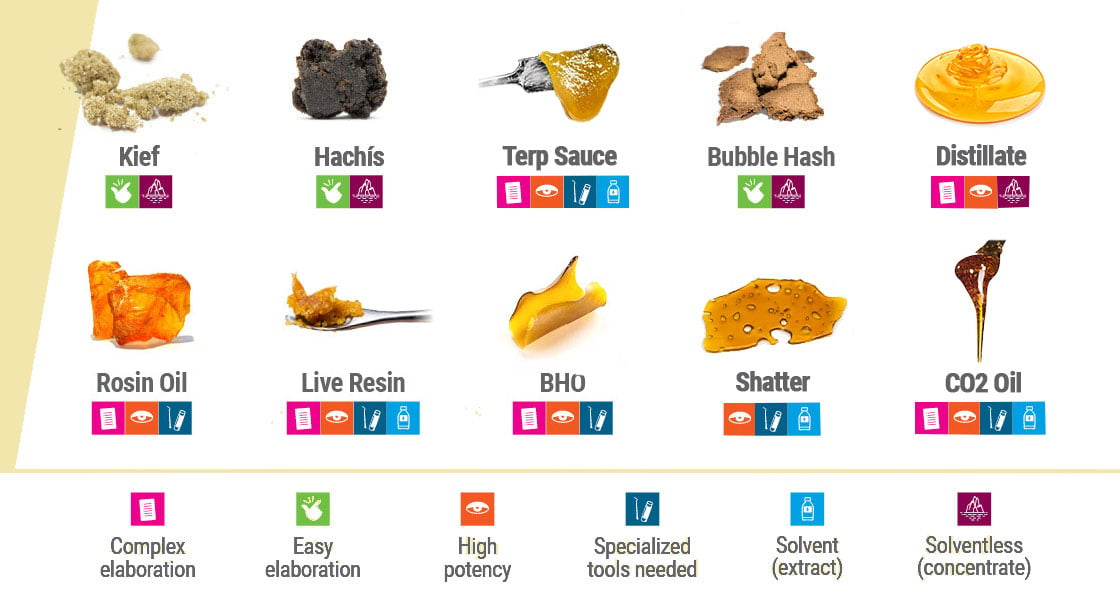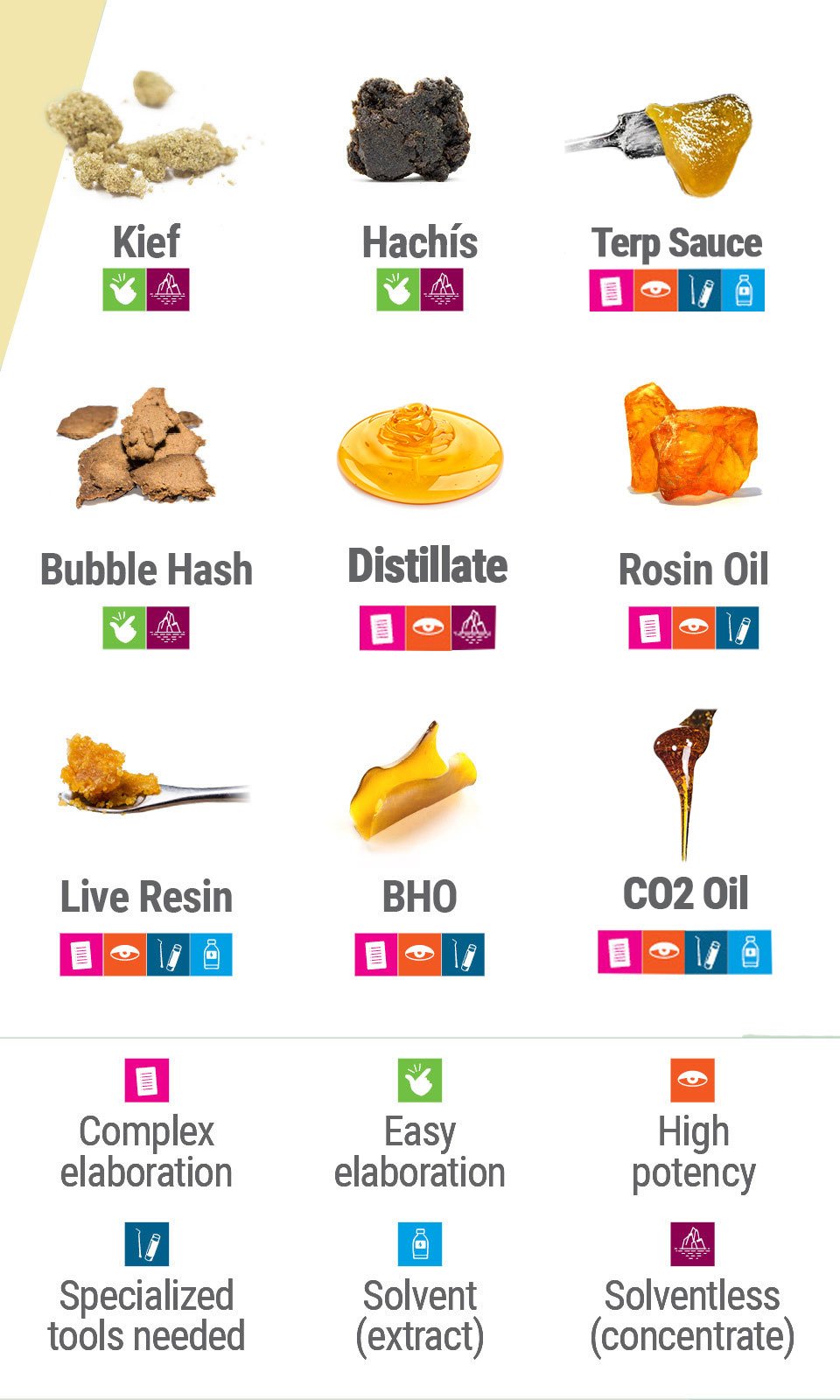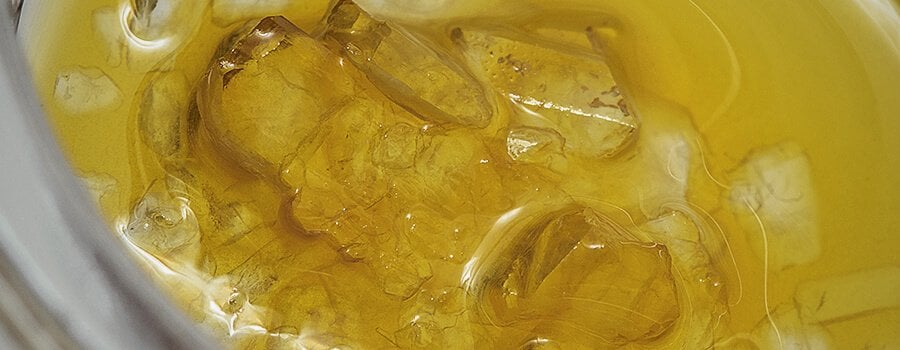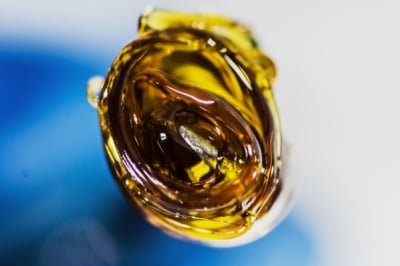.

What Is Terp Sauce And How Is It Made?
Terp sauce is arguably the king of cannabis concentrates right now. It offers a full spectrum of cannabis constituents that synergise to create a balanced and therapeutic high.
All you need to know about terp sauce.
Contents:
- 1. The diverse world of cannabis concentrates
- 2. What is terp sauce?
- 3. How is terp sauce made?
- 3.a. HTFSE vs HCFSE
- 3.b. The importance of full spectrum
- 4. How to make terp sauce at home
- 5. What’s the difference between terp sauce and live resin?
- 6. Inconsistencies with terp sauce
- 7. Is terp sauce worth it?
- 1. The diverse world of cannabis concentrates
- 2. What is terp sauce?
- 3. How is terp sauce made?
- 3.a. HTFSE vs HCFSE
- 3.b. The importance of full spectrum
- 4. How to make terp sauce at home
- 5. What’s the difference between terp sauce and live resin?
- 6. Inconsistencies with terp sauce
- 7. Is terp sauce worth it?
The cannabis world is known for its ever-expanding markets and exponential rate of innovation. There’s a constant flow of emerging products—things to inhale and different ways to inhale them. Breeders, extractors, and seed banks have created a domain of healthy competition that has set a feedback loop into motion. As a result, pioneers within the industry are continually producing the “next best things”.
Cannabis concentrates are a massive part of the industry. These inhalables started life as crude creations, and have evolved into pure, high-potency substances crafted in state of the art facilities. Among these elite concentrates, a few stand out as being the gold standard. Terp sauce is one such creation. This clean and tasty extract is a mix of aromatic terpenes and pure THCA crystals. It’s risen through the ranks to emerge as one of the most potent and popular extracts on the market.
THE DIVERSE WORLD OF CANNABIS CONCENTRATES
Cannabis concentrates are exactly as they sound. They're homogeneous masses of the active constituents within the cannabis plant. This gives them an appeal over raw flowers in terms of purity, quality, and potency. Concentrates and extracts are largely the same, but differ in one key area. All extracts are concentrates, in that they feature high concentrations of cannabinoids and/or terpenes. However, not all concentrates are extracts. This is because extracts use solvents to dissolve the desired substances into a solution.
Humans have indulged in cannabis concentrates for thousands of years. Charas and hash are some of the oldest forms. Both are created by rubbing the trichomes off of fresh or dried cannabis flowers. Dry sift hash—or kief—is another basic form of concentrate. It involves sieving dried cannabis flowers to dislodge trichomes into a collection tray.
Modern technology has given rise to a host of different concentrates that outweigh these traditional options when it comes to potency. These include solvent concentrates such as shatter, CO₂ oil, butane hash oil (BHO), Rick Simpson oil (RSO), and live resin. Some of the most popular solventless extracts include rosin, distillate, and bubble hash.


WHAT IS TERP SAUCE?
Terp sauce falls into the solvent concentrates category. Crafters typically make it using flash-frozen cannabis buds—but the most important aspect is to start with the best genetics possible. The flowers are first made into BHO and then left to age and crystallise. The end result is a viscious terpene sauce that engulfs diamond-like THCA crystals.
Terp sauce has become so popular thanks to the rise of terpenes themselves. Cannabinoids were once the be-all and end-all when smoking weed. However, science has unveiled the importance of terpenes and how they modify the effects of cannabis. Users are seeking higher levels of terpenes to enrich the taste of their experience, as well as the effects.
Terpenes are volatile molecules that possess relatively low boiling points. Certain extraction techniques can cause them to evaporate. Luckily, terp sauce is a different story. It involves a technique that preserves these precious molecules—the end product is highly aromatic.
Terp sauce is also extremely potent. High levels of THCA crystals decarboxylate when exposed to heat. They convert to THC, which goes on to produce a powerful psychoactive effect. Let’s explore exactly how terp sauce is created.
HOW IS TERP SAUCE MADE?
To begin with, a high-quality strain is required. The more THCA and terpenes present in the starting material, the better the end product will be.
Terp sauce makers tend to use fresh flowers to first make live resin—a connoisseur-grade extract that preserves flavor and aroma. Flash-freezing buds before butane extraction prevents the loss of terpenes. It’s easy to see why live resin makes for higher-quality terp sauce than using cured buds.
The extract then needs to be lightly purged with gentle heat to off-gas the majority of the solvent. Next, the extract is poured into a mason jar while still viscous. Jars are stored in an environment slightly above room temperature.
Pressure will start to build in the jars, and THCA crystals will start to form. These heavy objects sink to the bottom of the jar, while the terpenes rise and begin to form a gooey layer of soup at the top. This process takes around 2–3 weeks.
The terpenes and crystals are then separated and purged. The terps are purged for around 60 hours, and the crystals for 72 hours. Once all the solvent has been removed, the crystals and terps and reunited and packed into UV-proof containers. The end result is a sauce rich in terpenes with a cannabinoid content of anywhere between 30–50%.

HTFSE VS HCFSE
Cannabis extracts belong to two categories: high-terpene full-spectrum extracts (HTFSEs) and high-cannabinoid full-spectrum extracts (HCFSEs). HTFSEs consist of around 50% THCA and anywhere between 13–40% terpenes. In contrast, HCFSEs consist of around 90% THCA and far fewer terps.
THE IMPORTANCE OF FULL SPECTRUM
Colossal levels of cannabinoids used to be all the rage. Nowadays, terpenes are also held in high regard. It’s now known that terpenes play a large role in the psychoactive and therapeutic effects of particular strains. They dictate whether a variety will be stimulating or sedating, and also provide profound anti-inflammatory and anti-anxiety effects. For this reason, many cannabis users prefer HTFSEs like terp sauce. What’s more, cannabinoids and terpenes may even synergise through a phenomenon known as the entourage effect.
HOW TO MAKE TERP SAUCE AT HOME
Now you know what terp sauce is and why it’s so special, it’s time to make your own. We’re going to walk you through a slightly different procedure than the one mentioned above. We’ll be using rosin to avoid handling potentially dangerous solvents.
EQUIPMENT
· Rosin press
· Rosin filter bags (between 27–35 micron)
· Parchment paper
· Heating mat
WHAT’S THE DIFFERENCE BETWEEN TERP SAUCE AND LIVE RESIN?
By nature, terp sauce and live resin achieve similar end products. Indeed, most terp sauce-makers use live resin to preserve the aroma and flavor of a given strain. Where things start to differ is in the post-extraction process. Whereas live resin is pretty much done, terp sauce now has to go through the vital curing and separation process outlined above. Because of this, the flavor and potency of terp sauce is enhanced even further than with traditional live resin. For more information on live resin, check out our blog post on the subject.
IS TERP SAUCE WORTH IT?
It’s no secret that making terp sauce is involved. A rosin press is an investment in itself. Plus, you’ll need plenty of high-quality flowers to make enough BHO or rosin. Indeed, terp sauce is among the most expensive items in cannabis clubs and dispensaries.
However, the investment is worth it for some cannabis users. A hit of terp sauce delivers a massive quantity of THC and synergistic terpenes. If you’re a veteran smoker—or have found that it gives you substantial therapeutic relief—terp sauce is worth the effort.
DisclaimerExtracts, concentrates, and oils used for dabbing are among the strongest cannabis products available. Proceed with caution when using substances high in THC. Start with low doses and slowly increase over time to build up a tolerance to the compound.
Remember: Set and Setting will help you deal with various situations.
Stay Cultivated.








































